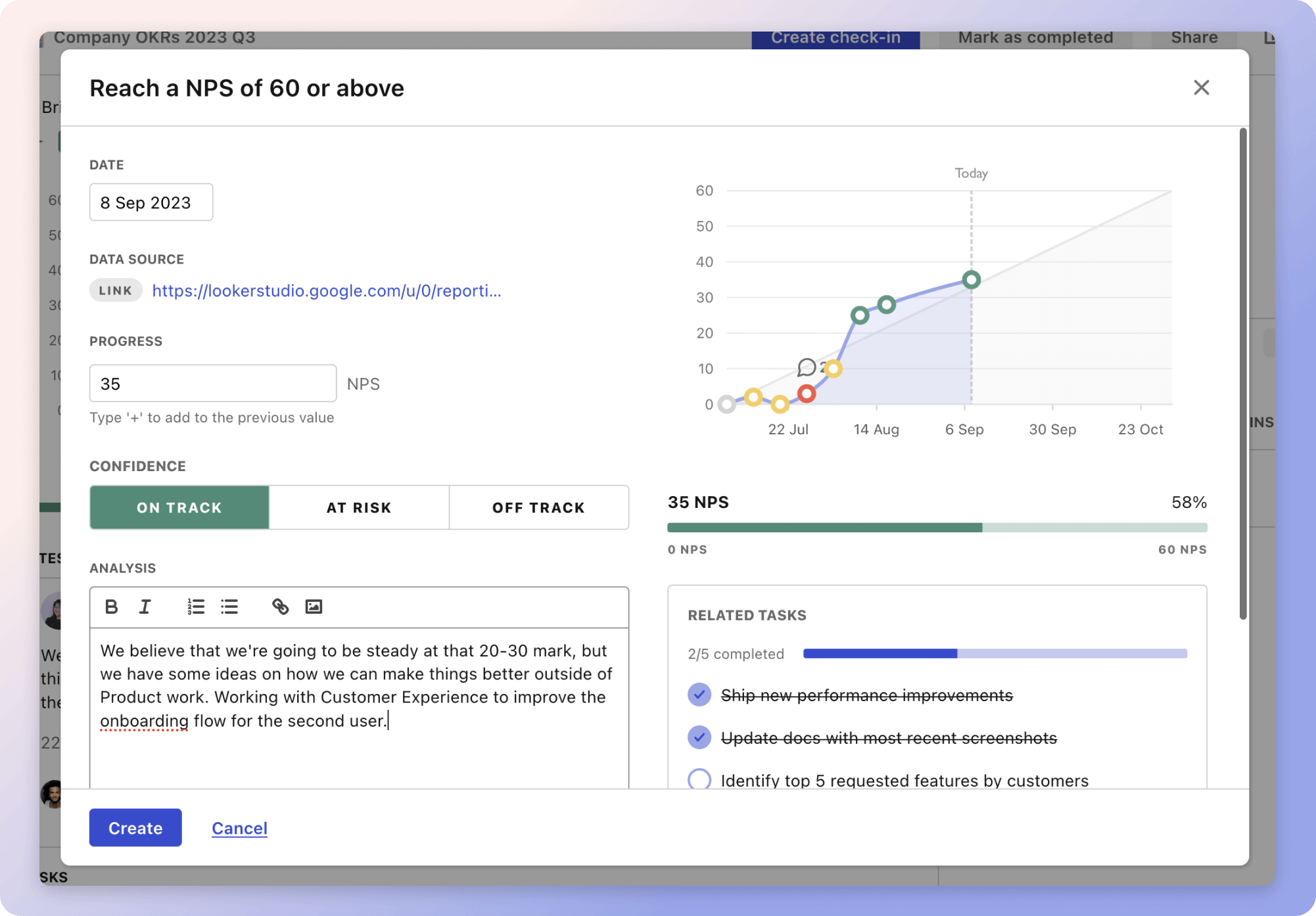The strategy of designing and maintaining a unified omnichannel experience aims to ensure a consistent customer experience across digital, branch, and contact center interactions. It begins with conducting a comprehensive needs assessment. This involves identifying touchpoints, analyzing customer journeys, and gathering feedback to address inconsistencies. For example, auditing brand messaging ensures alignment across all channels.
Next, an integrated technology platform is crucial. Selecting a compatible omnichannel platform and training staff on its usage are important steps. A phased rollout reduces service disruptions, while testing ensures effective deployment and adaptability.
Finally, establishing cross-channel communication standards enhances customer interaction. Consistent scripting and guidelines maintain brand voice, while a unified knowledge base supports all service channels. This approach, supported by regular audits and trainings, ensures lasting communication quality.
The strategies
⛳️ Strategy 1: Conduct a comprehensive needs assessment
- Identify all digital, branch, and contact center touchpoints
- Gather stakeholder input to understand current inconsistencies
- Analyse customer journey maps to find pain points
- Assess current technology platforms for gaps and overlaps
- Determine key performance indicators for a unified experience
- Conduct competitor analysis for best practices
- Engage with customers through surveys for direct feedback
- Identify areas where the customer experience can be streamlined
- Audit brand messaging across all channels to ensure alignment
- Document all findings to inform the framework design
⛳️ Strategy 2: Implement an integrated technology platform
- Select an omnichannel platform that supports all customer interaction points
- Ensure compatibility of the new platform with existing systems
- Develop a project plan with clear timelines for implementation
- Conduct a phased rollout to minimise service disruptions
- Provide training sessions for staff on new technology usage
- Ensure data synchronization across all channels for consistency
- Develop real-time analytics and reporting capabilities
- Test the system extensively prior to full deployment
- Seek third-party expertise if necessary for implementation
- Regularly review and update technology to meet evolving needs
⛳️ Strategy 3: Establish cross-channel communication standards
- Define communication guidelines that align with brand voice
- Develop a consistent scripting model for all customer interactions
- Implement a unified knowledge base accessible to all service channels
- Create a cross-functional team to oversee communication quality
- Provide regular staff training focused on communication standards
- Utilise mystery shoppers to evaluate customer experience
- Gather and analyse customer feedback on communication consistency
- Adjust communication strategies based on feedback and data
- Ensure escalation procedures are uniformly applied across channels
- Create a regular audit process to ensure continued adherence
Bringing accountability to your strategy
It's one thing to have a plan, it's another to stick to it. We hope that the examples above will help you get started with your own strategy, but we also know that it's easy to get lost in the day-to-day effort.
That's why we built Tability: to help you track your progress, keep your team aligned, and make sure you're always moving in the right direction.

Give it a try and see how it can help you bring accountability to your strategy.
